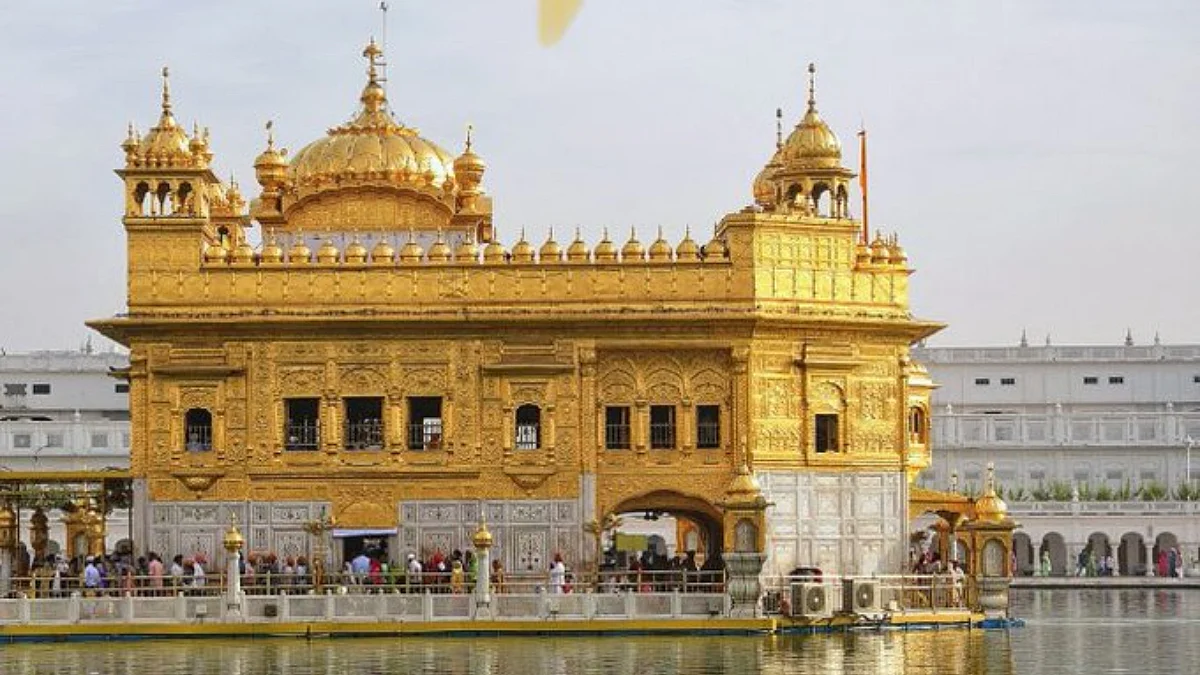Jyoti means light, and Linga refers to symbolising Shiva, carrying a meaning that it is anadi (beginningless) and ananta (endless). Dwa+dasha means two and ten, totalling twelve. In our country there are twelve sacred places of Shiva temples that are classified as Jyotirlinga kshetras (places).
The original seekers were Brahma and Vishnu who left in top and bottom directions to find the top and bottom of the Linga roopa Shiva. Vishnu returns admitting his inability to trace the bottom of the linga. Brahma feigns that he found the top and presents a flower which actually was having a free fall from the top. For this folly, Brahma gets cursed, is the outcome.
Puranas are the source of the applied knowledge. Shiva purana mentions the places where these twelve Jyotirlingas are located. In the modern political map, these are unevenly distributed with the first being the Somanatha in Saurashtra part of Gujarat. Srisailam is the second where Shiva is present in the form of Mallikarjuna. Coincidentally, Srisailam is also one of the ashta+dasha (18) Shakti places, with Bhramaramba being the presiding diety.
Some of these Jyotirlinga kshetras are more known than others. Accessibility, importance of the location from other points of view might have decided the popularity. For example, Vishveshvara of Varanasi is probably the most popular. Kedaranatha is also well known, so also the Rameshwara kshetram. In Maharashtra region though there are more, Traimbakeshwara, close to Nashik is more known and visited. Ujjain’s Mahakaala is also popular among the devotees who vouch for the early morning ‘abhisheka’.
Significance of Jyotirlinga is, though it is a form and in physical condition, ideally the “Jyoti” is realised inside the seeker. When the tamasic tendencies take a backseat which is achieved through strict control of the aahara and vihara, deep “looking in” slowly makes the thick layers of the dark clouds melt away. Then is the real “jyoti darshan”, or unveiling of the inner light to the seeker.
Twelve jyotirlingas also signify the twelve rashis of Jyotishya. Here, the notion is presiding kshetra for the particular rashi is one specially identified. Overarching light is the inner light and the same has to be realised through the regular saadhana (practice), should be the understanding. Rest shall be an enlightened journey.
(Prof S Ainavolu is a Mumbai-based teacher of tradition and management. He is with VPSM. Views are personal. www.ainavolu.in/blog)











